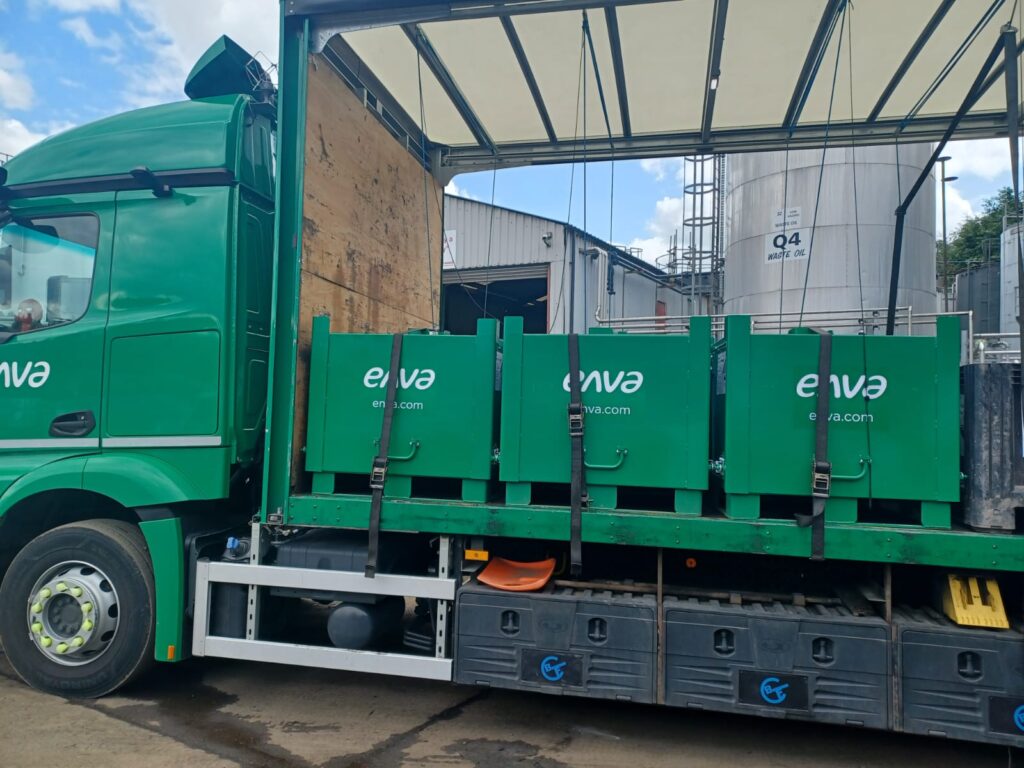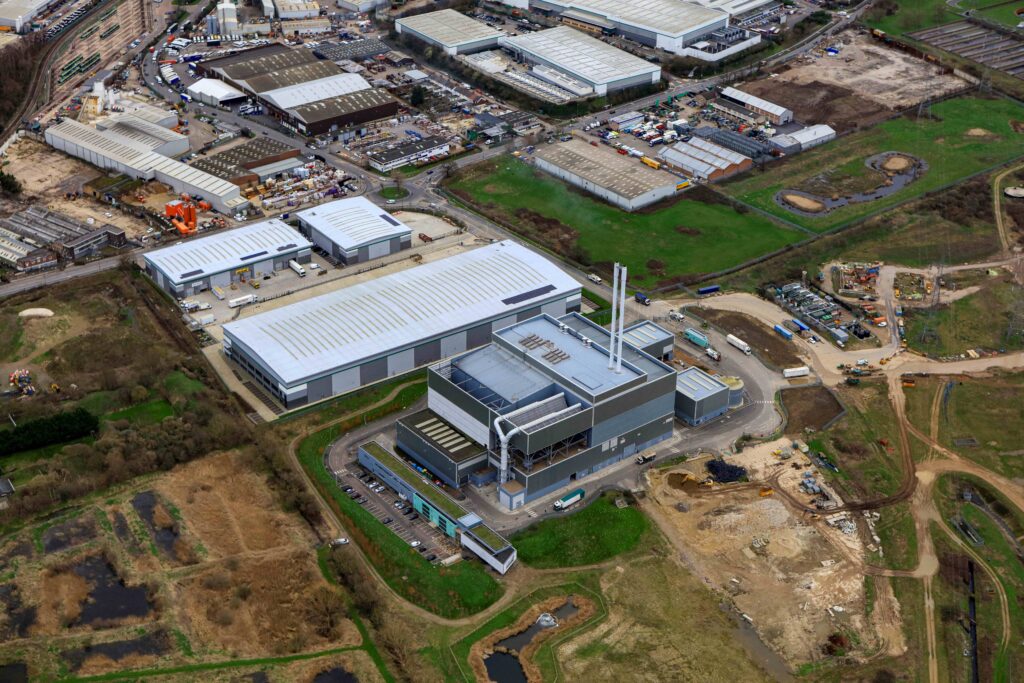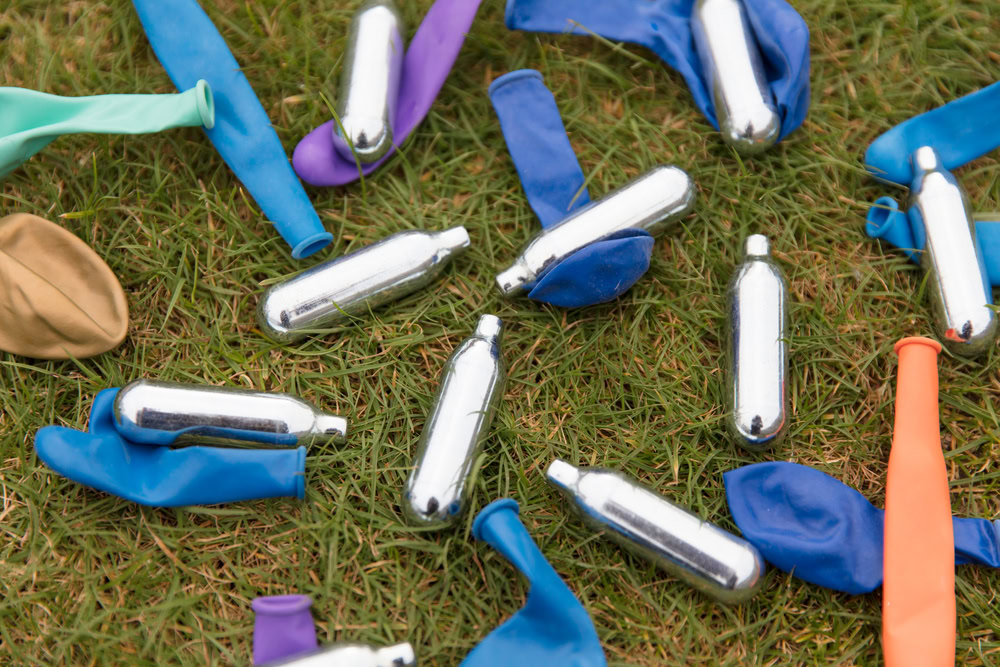The Battery Safe Box has received Vehicle Certification Agency (VCA) approval and complies with UN Dangerous Goods Packing Instruction P911.
The unit, which has a 400kg or 20kWh capacity, is constructed from steel and lined with Class 1 fire-resistant insulation. It is designed to contain thermal runaway incidents – a key risk associated with lithium-ion battery waste – and has undergone fire containment and drop tests as part of its certification.
Lithium-ion batteries, increasingly used across consumer electronics and electric vehicles, are classified as hazardous waste when damaged or no longer functional. Safe interim storage and compliant transport remain key requirements under waste and dangerous goods regulations.
The Battery Safe Box incorporates several handling features, including a gas-lift assisted lid and front-loading access to reduce manual handling. It is equipped with forklift access on all four sides and can be stacked up to three units high. Toggle clips are used to secure the lid during transport.
Use of certified containers for battery storage is becoming more common across sectors including automotive, retail and waste logistics, particularly in response to growing volumes of lithium batteries entering end-of-life streams.
One of the early users of the container, Parks Auto Group, stated it was being used to support compliance and internal handling procedures across multiple sites.








Subscribe for free